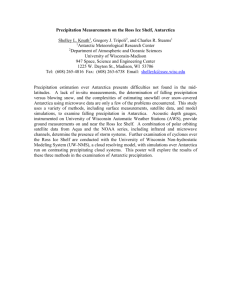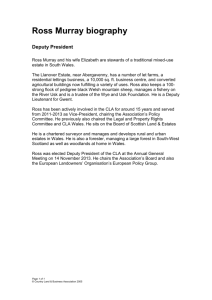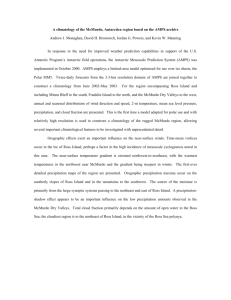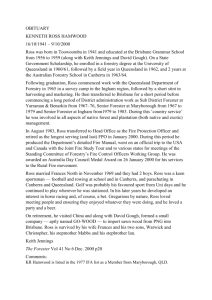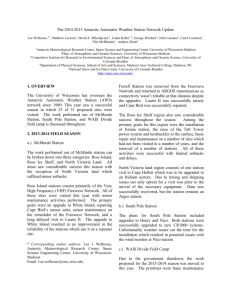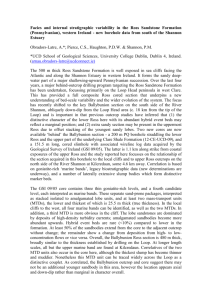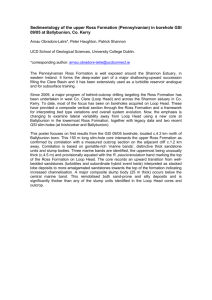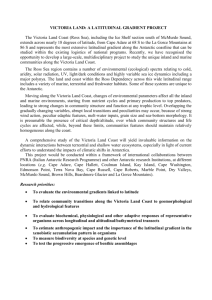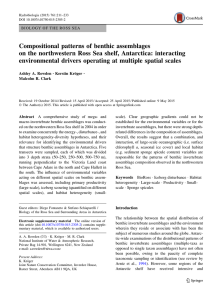RossSea_Mar05
advertisement
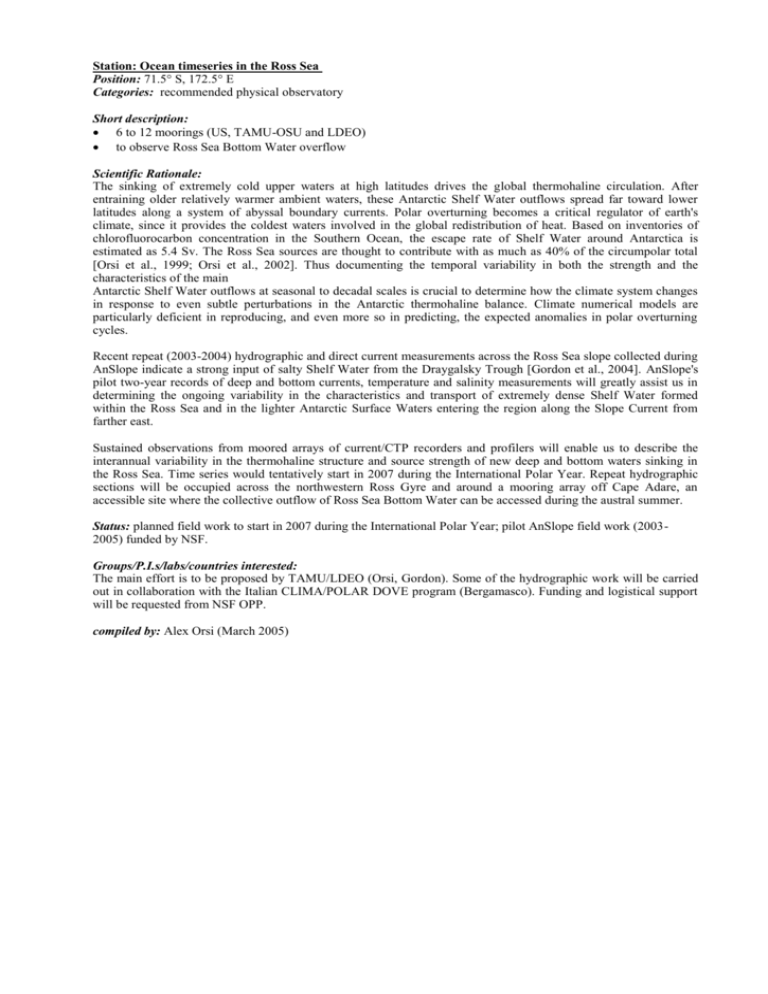
Station: Ocean timeseries in the Ross Sea Position: 71.5° S, 172.5° E Categories: recommended physical observatory Short description: 6 to 12 moorings (US, TAMU-OSU and LDEO) to observe Ross Sea Bottom Water overflow Scientific Rationale: The sinking of extremely cold upper waters at high latitudes drives the global thermohaline circulation. After entraining older relatively warmer ambient waters, these Antarctic Shelf Water outflows spread far toward lower latitudes along a system of abyssal boundary currents. Polar overturning becomes a critical regulator of earth's climate, since it provides the coldest waters involved in the global redistribution of heat. Based on inventories of chlorofluorocarbon concentration in the Southern Ocean, the escape rate of Shelf Water around Antarctica is estimated as 5.4 Sv. The Ross Sea sources are thought to contribute with as much as 40% of the circumpolar total [Orsi et al., 1999; Orsi et al., 2002]. Thus documenting the temporal variability in both the strength and the characteristics of the main Antarctic Shelf Water outflows at seasonal to decadal scales is crucial to determine how the climate system changes in response to even subtle perturbations in the Antarctic thermohaline balance. Climate numerical models are particularly deficient in reproducing, and even more so in predicting, the expected anomalies in polar overturning cycles. Recent repeat (2003-2004) hydrographic and direct current measurements across the Ross Sea slope collected during AnSlope indicate a strong input of salty Shelf Water from the Draygalsky Trough [Gordon et al., 2004]. AnSlope's pilot two-year records of deep and bottom currents, temperature and salinity measurements will greatly assist us in determining the ongoing variability in the characteristics and transport of extremely dense Shelf Water formed within the Ross Sea and in the lighter Antarctic Surface Waters entering the region along the Slope Current from farther east. Sustained observations from moored arrays of current/CTP recorders and profilers will enable us to describe the interannual variability in the thermohaline structure and source strength of new deep and bottom waters sinking in the Ross Sea. Time series would tentatively start in 2007 during the International Polar Year. Repeat hydrographic sections will be occupied across the northwestern Ross Gyre and around a mooring array off Cape Adare, an accessible site where the collective outflow of Ross Sea Bottom Water can be accessed during the austral summer. Status: planned field work to start in 2007 during the International Polar Year; pilot AnSlope field work (20032005) funded by NSF. Groups/P.I.s/labs/countries interested: The main effort is to be proposed by TAMU/LDEO (Orsi, Gordon). Some of the hydrographic work will be carried out in collaboration with the Italian CLIMA/POLAR DOVE program (Bergamasco). Funding and logistical support will be requested from NSF OPP. compiled by: Alex Orsi (March 2005)
